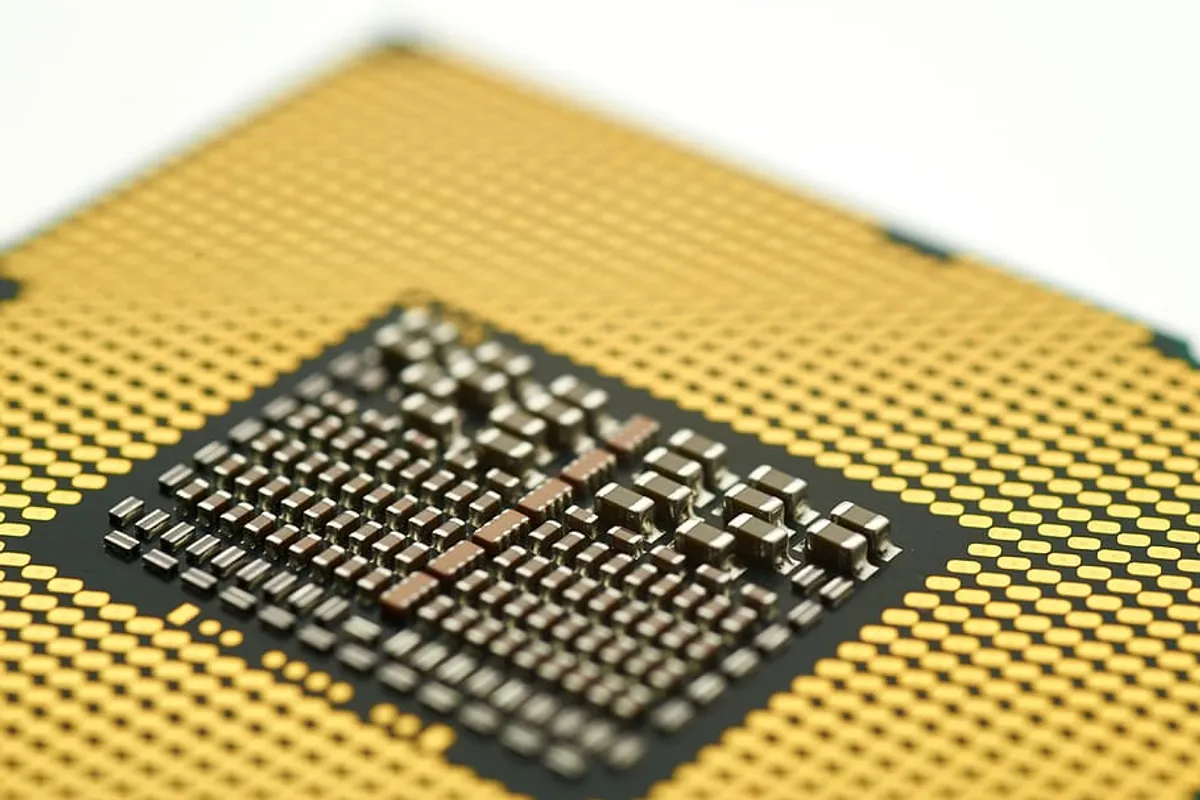/img/iea/jvwvAmMR6x/gold-in-computer-gold-bits.jpg)
Did you know that your electronics (ex-computers) have real gold in them? But how do you find it and where can you get it?
They can be combined with other precious Metals such as silver or palladium. Continue reading to learn more.
What parts of a computer contain gold?
It is well-known that computers and other electronic devices often contain precious metals like gold. Some electronics may have high levels of this stuff, as it is found on printed circuit boards and processors.
For gold, the main parts that contain gold are:
- Motherboards and printed Circuit Boards – The motherboard is the most potent source of gold for computers. Most components will have gold connectors and contacts along the edges. The motherboard’s surface will often have thin gold layers.
- CPUs (Central Processing Units) These are the square-shaped microchip-looking items you’ll see on motherboards. You will find hundreds of pins with gold plating around the edges and undersurface. It could be very valuable if you have many of them.
- Random access memory chips (RAM) These little gold mines, which are part of the circuit board and can be used to increase your computer’s operational memory. These chips often have a few but significant amounts of gold-plated pins and a thin gold layer on their surfaces.
- These extra boards include PCI boards, internal modems, ethernet ports and GPU. Most computers have at least one of these additional boards. These boards often contain high amounts of gold. You’ll also find the gold in connection pins, and on surface layers.
However, gold is not the only precious metal that you will likely find in electronic devices. is another common precious metal that’s used in electronic devices.
- Silver – Circuit Boards and Computer Chips, keyboard membranes and some capacitors
- Platinum – Hard Drives, Circuit board components
- Palladium – Hard Drives, Circuit board components and capacitors
- Copper – Heat sinks for CPUs, wiring and cables, printed circuit boards, computer chips
- Nickel – Circuit board components
- Tantalum – Circuit board components (some capacitors).
- Cobalt – Hard Drives
- Aluminum – Printed Circuit Boards and Computer Chips. Hard Drives. CPU heat sinks.
- Tin – Printed Circuit Boards and Computer Chips
- Zinc – Printed Circuit Boards
- Neodymium – Hard Drives (magnets)
As you can see, instead of throwing away your old computer, it may be worth scavenging.
This post was written by Steven Elia Co-Founder and Recycling Director at eCycle Florida. eCycle Florida is a R2 Certified electronics recycling company in the state of Florida. Our processes and procedures are dedicated to the proper destruction and recycling of your electronics. eCycle Florida is your go-to for commercial electronic recycling









